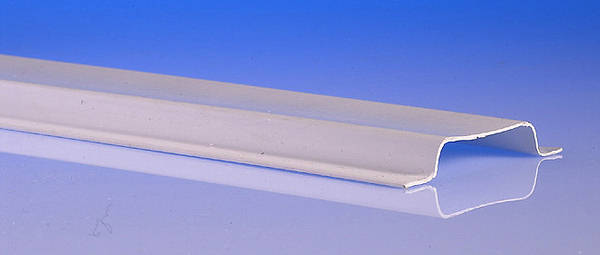For existing external cable drops in 1.5mm T&E, say to security lights, is there a retrofit capping I can fit?
A link or part number would be most useful.
I appreciate (from previous posts on this forum) that PVC T&E should not be used externally, but given that it has, is there anything I can usefully do that doesn't involve ripping it all out and replacing with Arctic/SWA?
TIA
A link or part number would be most useful.
I appreciate (from previous posts on this forum) that PVC T&E should not be used externally, but given that it has, is there anything I can usefully do that doesn't involve ripping it all out and replacing with Arctic/SWA?
TIA





